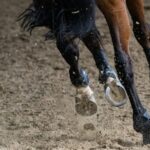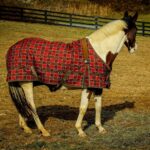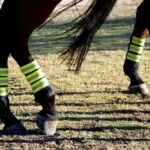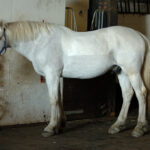Just like humans, horses experience significant changes as they age. Their bodies slow down, joints may become stiff, and energy levels can decrease. However, aging doesn’t mean your equine companion should stop being active altogether. In fact, appropriate exercise and care are crucial for maintaining quality of life in senior horses. With thoughtful management and attention to their changing needs, you can help your aging horse stay comfortable, healthy, and engaged well into their golden years. This guide explores practical approaches to keeping your senior horse active while respecting their limitations and supporting their wellbeing.
Understanding When a Horse is Considered “Senior”
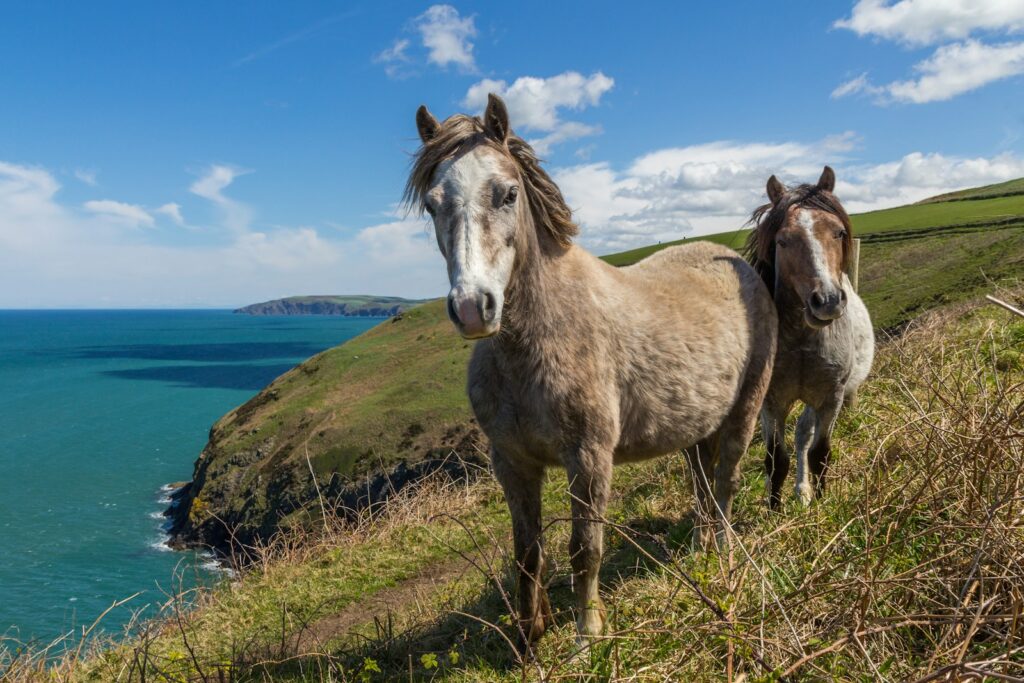
Horses typically enter their senior years around age 15-20, though this varies widely based on breed, genetics, and previous care. Smaller breeds like Arabians often remain youthful longer than larger breeds like draft horses. You might notice your horse beginning to show age-related changes such as a slight sway in the back, loss of muscle mass particularly along the topline, or graying around the face. Modern veterinary care has extended equine lifespans significantly, with many horses now living comfortably into their late 20s and even 30s. Understanding that your horse has entered their senior years is the first step in adjusting their care routine to accommodate their changing body.
Consulting with Your Veterinarian
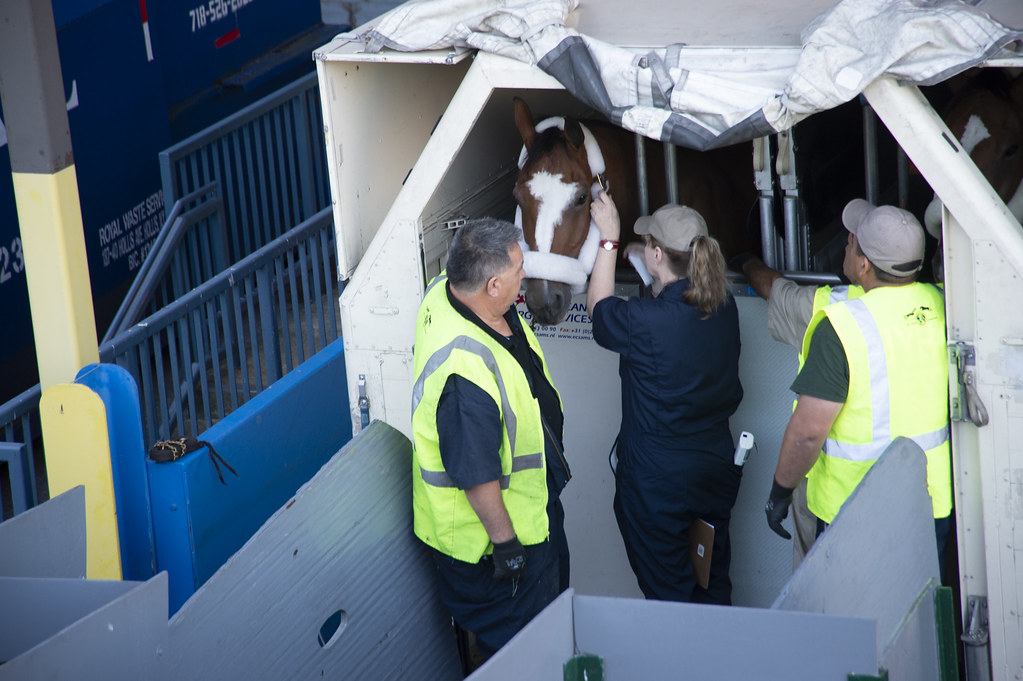
Before making any changes to your senior horse’s exercise regimen, schedule a comprehensive veterinary examination. Your veterinarian can assess your horse’s overall health status, identify any underlying conditions, and recommend appropriate activity levels based on their specific needs. Many age-related issues like arthritis, Cushing’s disease, or dental problems can affect how much and what type of exercise is suitable. Regular veterinary check-ups—ideally twice yearly for senior horses—allow for early detection of health changes and timely adjustments to care plans. Your vet may also recommend specific supplements, medications, or therapies that can help maintain your horse’s mobility and comfort during exercise.
Creating an Appropriate Exercise Program
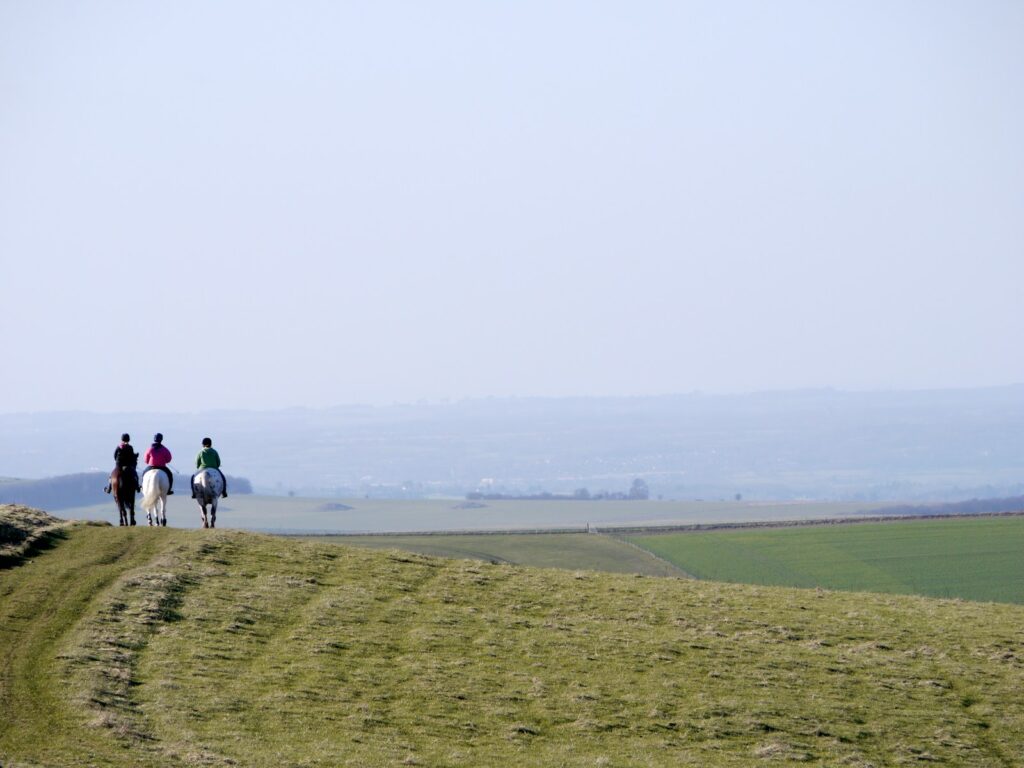
Consistency is key when exercising senior horses, as irregular work can cause more harm than good. Aim for frequent, shorter sessions rather than occasional intense workouts that might strain aging joints and muscles. A good starting point might be 20-30 minute sessions 3-4 times per week, adjusting based on your horse’s response and energy levels. Focus on maintaining suppleness and muscle tone rather than building new fitness or achieving performance goals. Pay close attention to how your horse recovers after exercise—extended recovery times or persistent stiffness may indicate the need to scale back. Remember that some exercise is almost always better than none, as immobility can accelerate muscle loss and joint stiffness in older horses.
The Importance of Proper Warm-Up

Senior horses benefit tremendously from thorough warm-up periods before any more demanding exercise. Begin with at least 10-15 minutes of walking, allowing time for joints to loosen and circulation to increase. This initial period helps distribute synovial fluid to lubricate joints and prepares muscles for work. You might notice your horse moving more freely at the end of the warm-up compared to when you first started. Include gentle lateral movements like leg yields or large, sweeping turns to encourage flexibility and engage different muscle groups. Never rush this process—the time invested in proper warm-up will pay dividends in your horse’s comfort and ability to exercise effectively.
Low-Impact Exercise Options
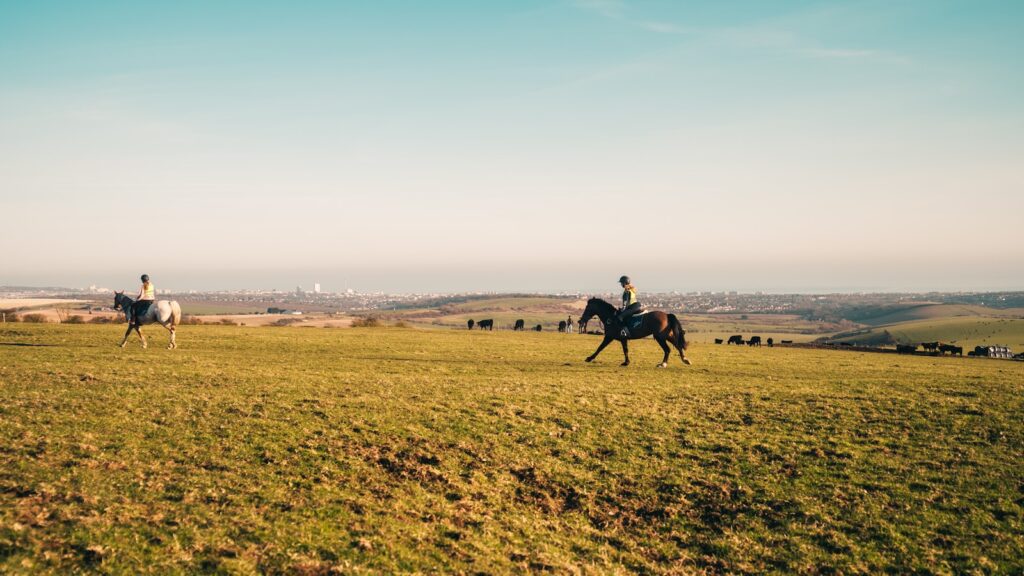
Low-impact activities are ideal for maintaining fitness in senior horses while minimizing stress on aging joints and ligaments. Walking and slow trotting on soft, even surfaces provide excellent cardiovascular benefits without excessive concussion. Swimming or water treadmill therapy, if available, offers excellent resistance training with virtually no impact. Hill work at a walk can strengthen hindquarters and core muscles without straining joints, though steep inclines should be avoided. Ground poles set at appropriate distances for your horse’s stride can improve proprioception and engage core muscles while encouraging the horse to lift their feet properly. Remember that low-impact doesn’t mean low-value—these gentler activities contribute significantly to maintaining muscle tone and joint mobility.
Adapting Riding Activities for Senior Horses
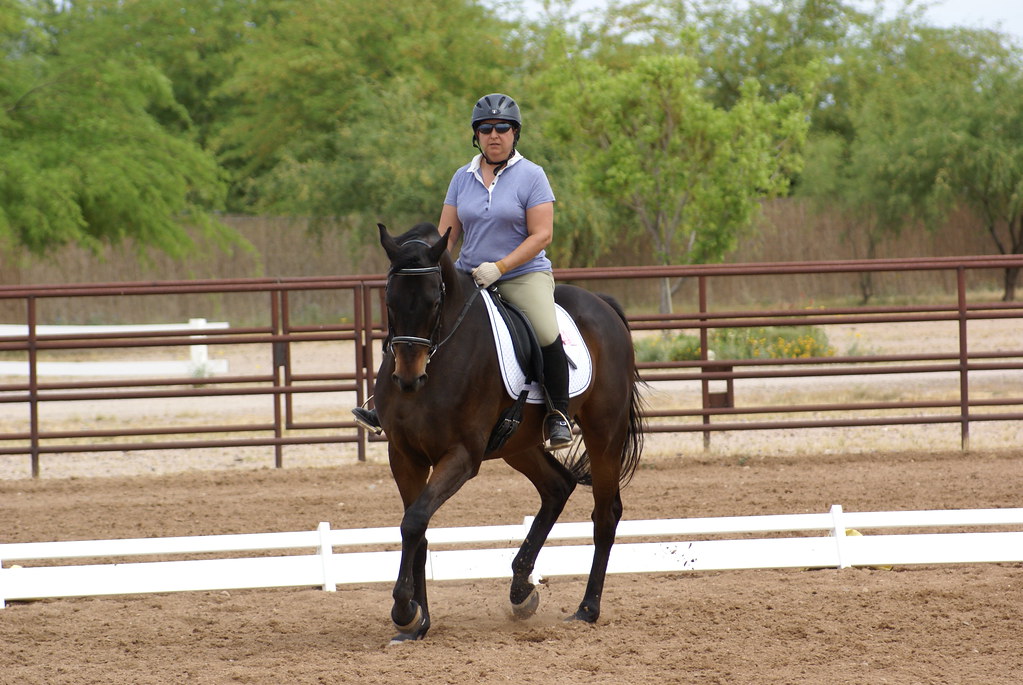
Many senior horses can continue to be ridden well into their older years with appropriate adjustments to the type and intensity of work. Consider shorter riding sessions with more frequent walk breaks to prevent fatigue and muscle strain. Activities that promote flexibility and proper movement, such as basic dressage exercises, can be particularly beneficial for maintaining muscle tone and joint mobility. Trail riding on good footing offers mental stimulation along with physical benefits, though challenging terrain should be approached cautiously. Be mindful of your horse’s weight-carrying capacity, which may decrease with age; lighter riders or reduced tack weight may be necessary accommodations. Listen to your horse’s feedback during rides—resistance, unwillingness to move forward, or changes in attitude may signal discomfort that requires addressing.
Recognizing Exercise Limitations
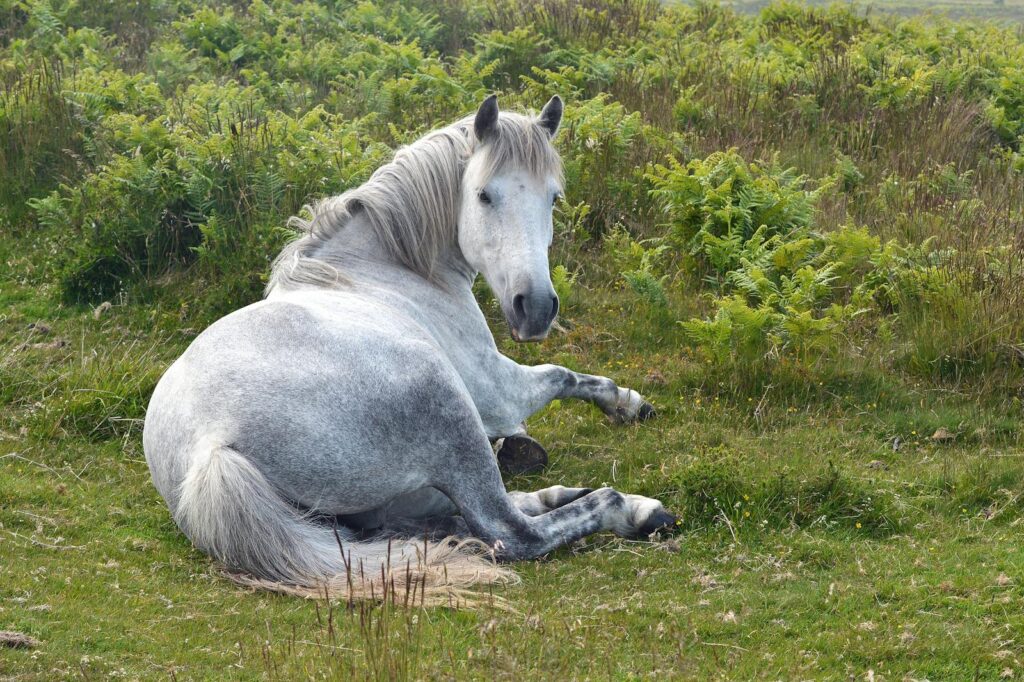
Being attuned to your senior horse’s capabilities is crucial for safe and beneficial exercise. Learn to distinguish between normal post-exercise stiffness that resolves quickly and pain or lameness that persists. Watch for signs that your horse is struggling during exercise, such as irregular breathing, excessive sweating, reluctance to move forward, or shortened stride length. Some days, your senior horse may simply need a lighter workout or even a day off—flexibility in your expectations is important. Age-related conditions like arthritis may flare up periodically, requiring temporary reductions in exercise intensity or frequency. Remember that each senior horse is an individual with unique limitations that may change over time, requiring ongoing assessment and adjustment.
Nutrition to Support Activity in Older Horses
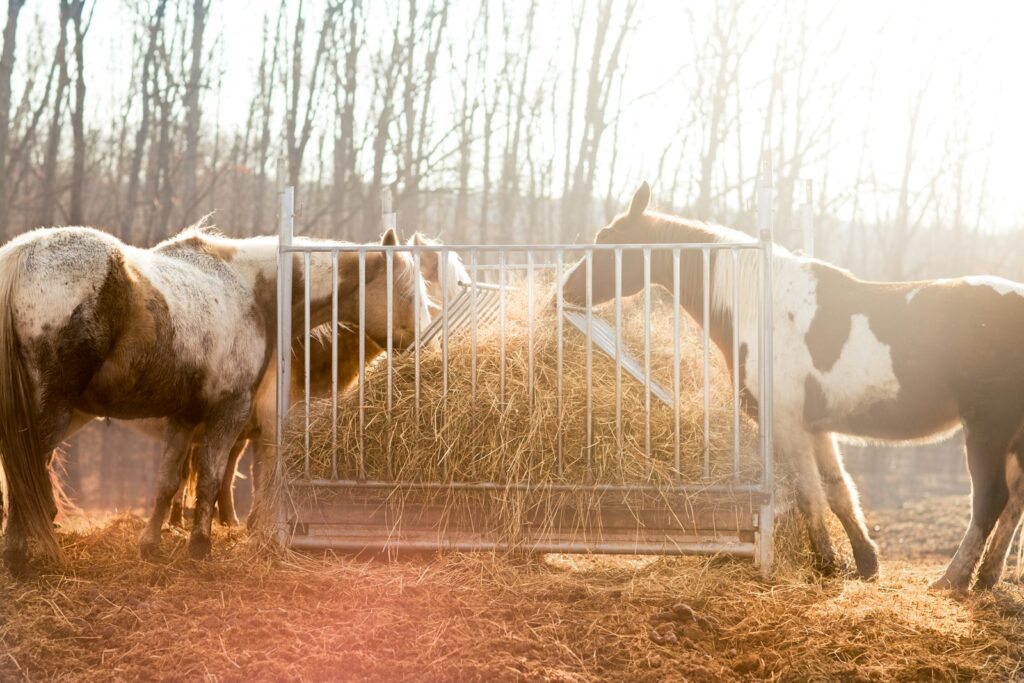
Proper nutrition forms the foundation for maintaining activity in senior horses. As horses age, their digestive efficiency often decreases, making high-quality, easily digestible feeds essential for energy production and muscle maintenance. Senior-specific feeds typically contain higher protein levels (14-16%) to counter age-related muscle loss, along with added fat for calorie-dense energy without the “hot” effect of high-carbohydrate feeds. Omega-3 fatty acids from sources like flaxseed or fish oil can help reduce inflammation in joints and tissues. Adequate hydration becomes even more critical in older horses, particularly those with dental issues who may produce less saliva; adding water to feed or providing mashes can encourage fluid intake. Work with an equine nutritionist to develop a feeding program tailored to your horse’s specific metabolic needs, weight goals, and activity level.
Joint Support for the Active Senior Horse
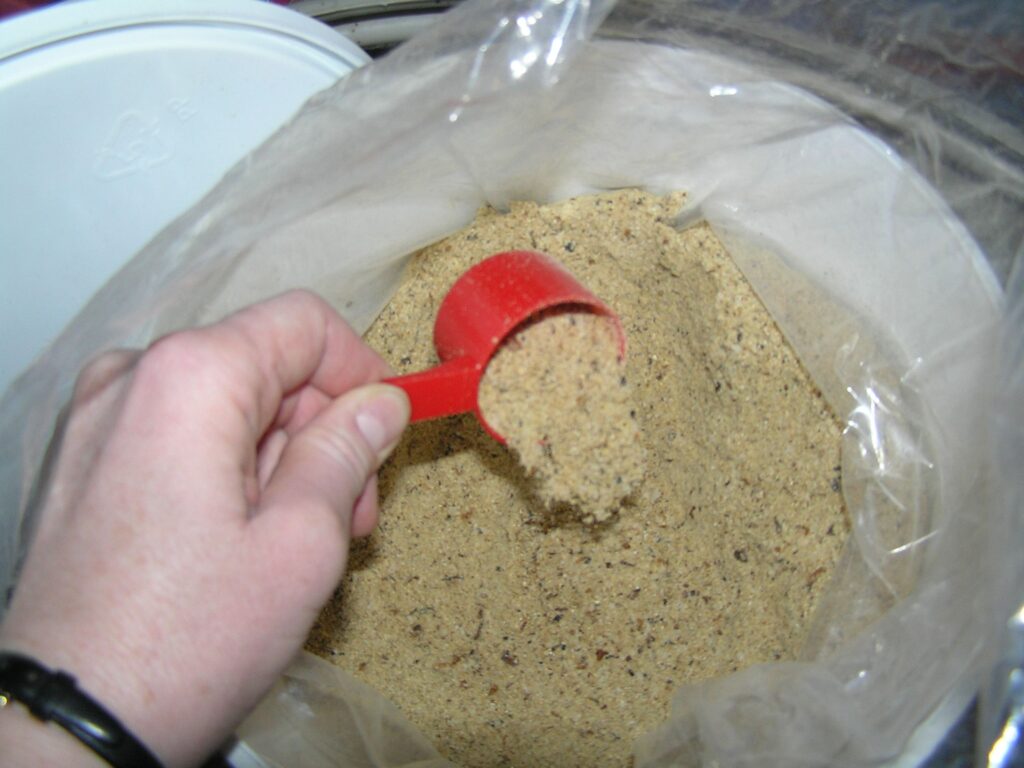
Maintaining joint health is perhaps the most crucial aspect of keeping senior horses comfortably active. Oral joint supplements containing ingredients like glucosamine, chondroitin sulfate, MSM, and hyaluronic acid may help support cartilage health and joint fluid quality, though quality and absorption rates vary significantly between products. Injectable joint therapies such as hyaluronic acid, Adequan, or Legend can provide more direct support under veterinary guidance. Anti-inflammatory medications may be necessary during periods of discomfort, though long-term use requires careful veterinary monitoring. Alternative therapies like acupuncture, chiropractic adjustments, or massage therapy help many senior horses maintain comfort and mobility. Remember that joint support should be implemented before obvious problems arise—preventative care is far more effective than treating severe deterioration.
Turnout Considerations for Aging Equines
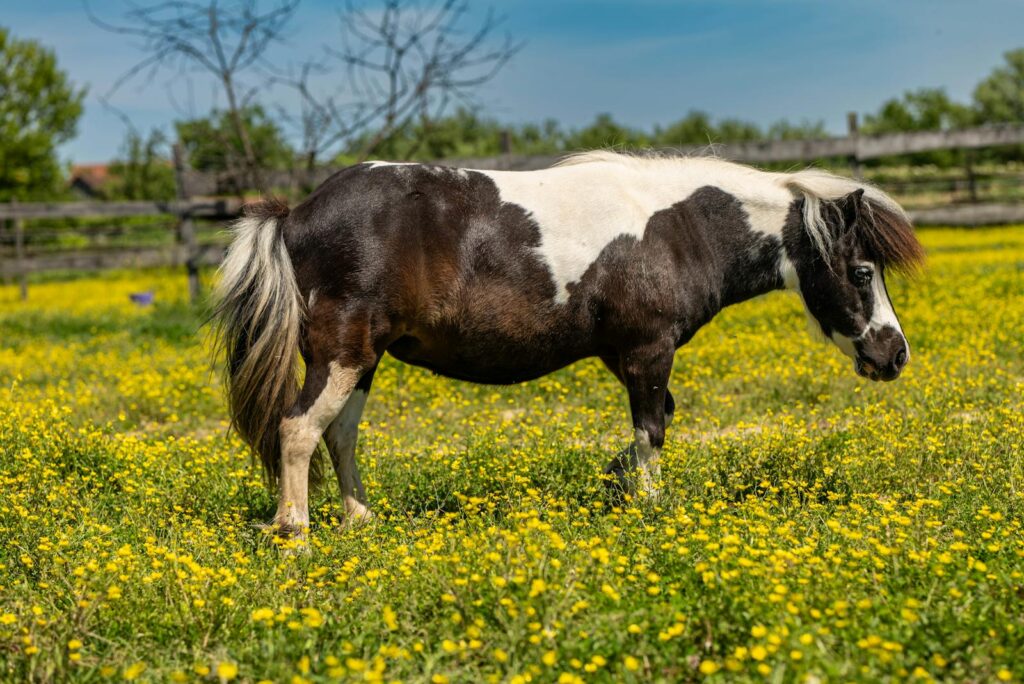
Appropriate turnout is invaluable for senior horses, providing natural exercise, mental stimulation, and freedom of movement that supports joint health. The ideal turnout situation allows for steady, self-regulated movement throughout the day rather than forced exercise. Pasture topography matters—gently rolling terrain provides natural hill work without excessive strain, while flat paddocks may be better for horses with significant mobility issues. Weather protection becomes increasingly important as horses age; seniors may be more vulnerable to temperature extremes and may need shelter options or appropriate blankets. Consider carefully when selecting turnout companions—a calm, compatible pasture mate can encourage moderate activity, while aggressive horses might cause stress or injury. For some seniors with severe mobility limitations, smaller paddocks with excellent footing may be safer than larger, more variable pastures.
Managing Comfort During Exercise

Attention to comfort factors can significantly improve your senior horse’s willingness and ability to stay active. Properly fitted tack becomes even more critical as horses develop prominent withers or lose muscle mass with age; regular saddle fit evaluations are essential. Supportive boots or wraps may benefit horses with mild tendon or ligament weakness, though they should never mask pain that requires veterinary attention. Footing quality greatly influences joint impact—choose surfaces that offer good traction without being too deep or too hard. Consider the timing of exercise sessions to avoid temperature extremes; many seniors are more comfortable working in moderate temperatures and may need more time to warm up in cold weather. Never underestimate the power of a thorough grooming session before exercise—it stimulates circulation, identifies areas of soreness, and creates a bonding opportunity with your aging companion.
The Mental Benefits of Keeping Seniors Active
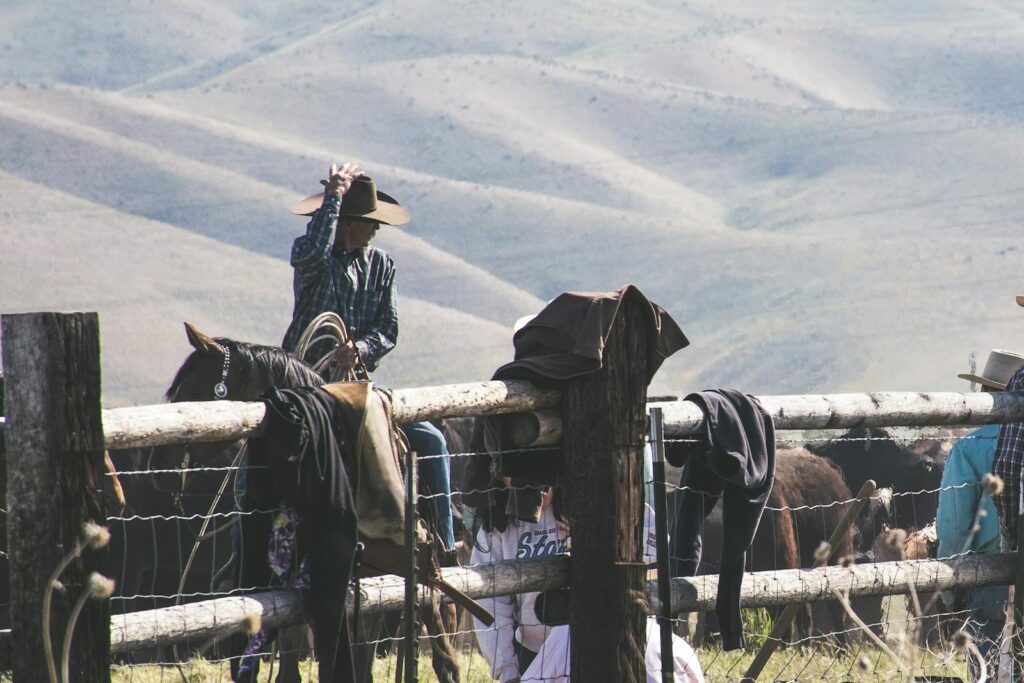
Maintaining appropriate activity levels offers profound psychological benefits for senior horses beyond the physical advantages. Regular exercise and interaction help prevent the depression and withdrawal some horses experience as they age or when removed from work completely. Learning new skills or variations on familiar exercises keeps the equine mind engaged and can strengthen the horse-human bond during this life stage. Many senior horses take pride in having a job to do, even if that job is simpler than in their younger years. The routine and structure that comes with regular exercise provides security and predictability that can be especially comforting to older horses. These mental and emotional benefits often translate into better appetite, improved attitude, and what many owners describe as a more youthful demeanor despite advancing age.
Monitoring Changes and Adjusting Care
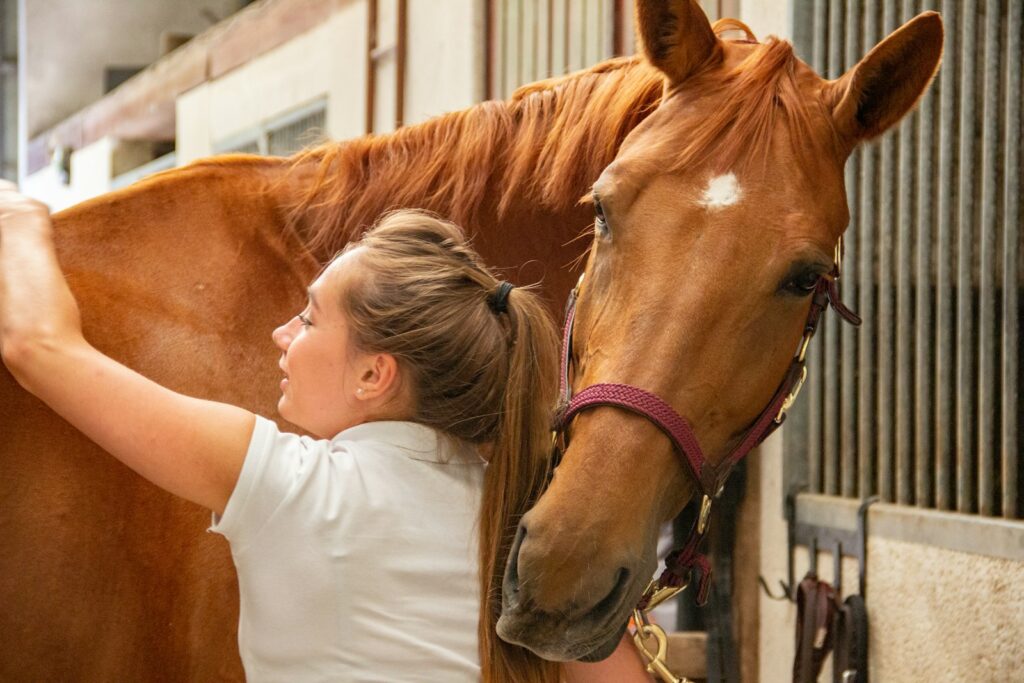
Successful management of senior horses requires vigilant observation and willingness to adapt as their needs evolve. Keep a journal documenting exercise tolerance, recovery times, and any changes in movement or attitude to help identify patterns or gradual shifts. Regular body condition scoring and weight monitoring helps ensure your exercise and nutrition programs are appropriately balanced. Seasonal adjustments are often necessary, with activity levels potentially needing modification during extreme weather periods. Be prepared to completely redesign your horse’s exercise program as they continue to age or if health conditions develop—what worked at age 20 may be inappropriate at 25 or 30. Remember that decline isn’t always linear; senior horses may have periods of setback followed by improvement, requiring patience and flexibility in care approaches.
Knowing When to Scale Back
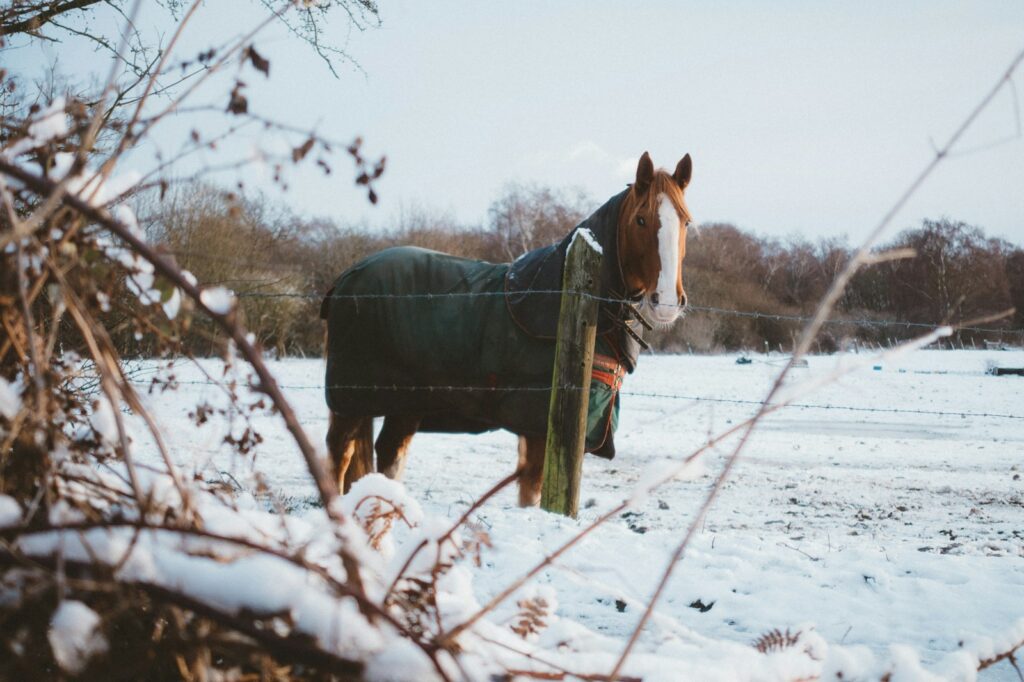
While activity is beneficial for senior horses, recognizing when to reduce exercise demands is equally important for their welfare. Persistent lameness, significantly prolonged recovery periods, or reluctance to engage in previously enjoyed activities may signal the need to scale back. Work closely with your veterinarian to distinguish between issues that require temporary rest versus permanent reduction in activity levels. Consider the quality of life implications of your exercise expectations—the goal should always be comfort and appropriate activity rather than maintaining specific performance standards. For some horses, the transition to retirement might be gradual, perhaps shifting from riding to groundwork, while others may need a more definitive change in routine. Approach these decisions with your horse’s best interest at heart, celebrating what they can still do rather than focusing on limitations.
Helping your aging horse stay active requires attentiveness, knowledge, and compassion. By understanding their changing needs, providing appropriate exercise, ensuring proper nutrition and veterinary care, and making thoughtful adjustments as they age, you can support your equine companion’s health and happiness throughout their senior years. Remember that the goal isn’t to preserve youth indefinitely but to maintain the best possible quality of life at every stage. With the right approach, many senior horses can remain active, engaged, and comfortable well into old age, continuing to forge meaningful connections with their human partners along the way.


